
Latest News & Featured Stories
As the world’s leading expert on childhood, Save the Children works in more than 100 countries, including the United States. When crisis strikes and children are most vulnerable, we are always among the first to respond and the last to leave.
Here, we spotlight the latest news stories from our teams around the world, the communities we serve and the children whose futures are brighter — all because of your commitment to our shared cause.
Featured News and Stories

Making Every Dollar Count: How Save the Children Maximizes Aid Impact
Maximizing the impact of every dollar for children is more urgent than ever. Discover how Save the Children ensures cost-effective, sustainable aid amidst shrinking global budgets…
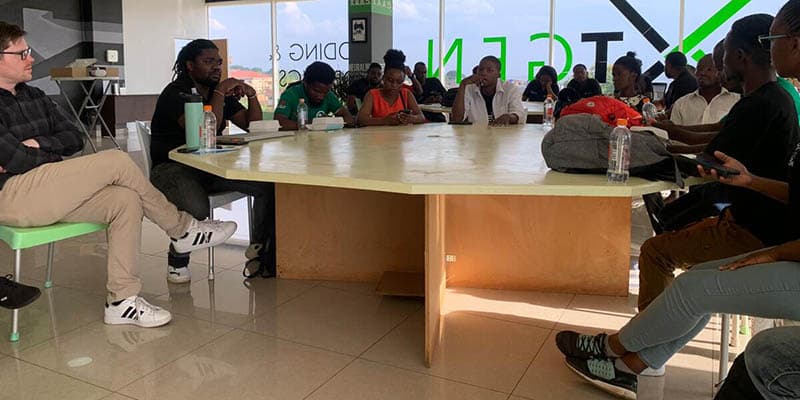
Flexible Funding Powering Youth Leadership
Concerned Youth Organization (CYO) is a youth-led organization (YLO) in Malawi with the goal of addressing issues affecting young people and children.
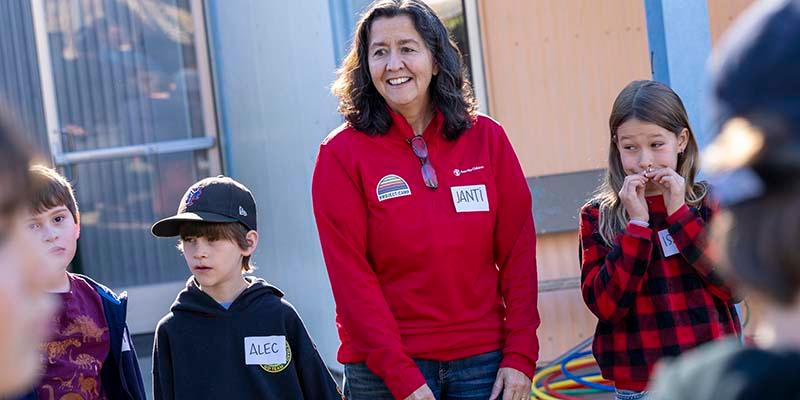
On the Ground in L.A. with Janti Soeripto: A Program Visit to Project:Camp
Save the Children US President & Chief Executive Officer Janti Soeripto discusses what she saw during a program visit in to our partner, Project:Camp in Los Angeles.
All News & Stories

Celebrating Our Progress Towards Localization and Equitable Partnerships
As we approach the end of the year it is a fitting time to reflect on Save the Children’s (SC) progress towards localization and equitable partnerships.
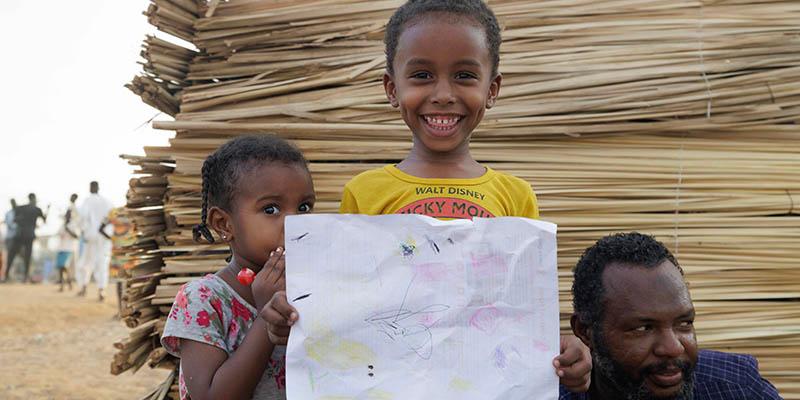
Childhood Journey Shapes Save the Children Staffer's Work
Tiir Rhoda, a Save the Children staff member in South Sudan, hopes to help children build their emotional resilience so they can focus on their futures even against a backdrop of w…

5 Ways That Conflict Impacts Children's Mental Health
Distressing conflict-related events can affect children's psychological and emotional well-being in various ways, and have a long-term impact if left untreated.
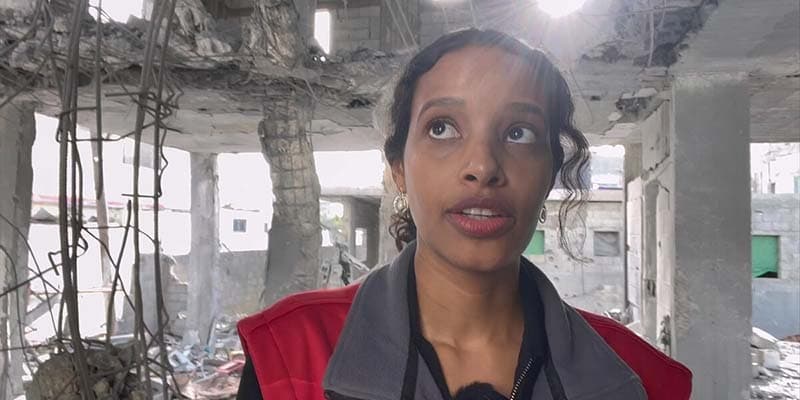
A Gaza Aid Worker Shares Her Story: The scenes I witnessed in Rafah will stay with me forever
Soraya Ali, Save the Children’s Global Media Manager - MENAEE. Soraya was in Gaza at the start of April, documenting the impact of the war on children, capturing the Save the Child…

I'm a Syrian and a Humanitarian: What 13 Years of Conflict Really Looks Like
Thirteen years after the conflict in my home country began, the country bears little resemblance to the place where I grew up. The protracted conflict has also skewed the way the w…
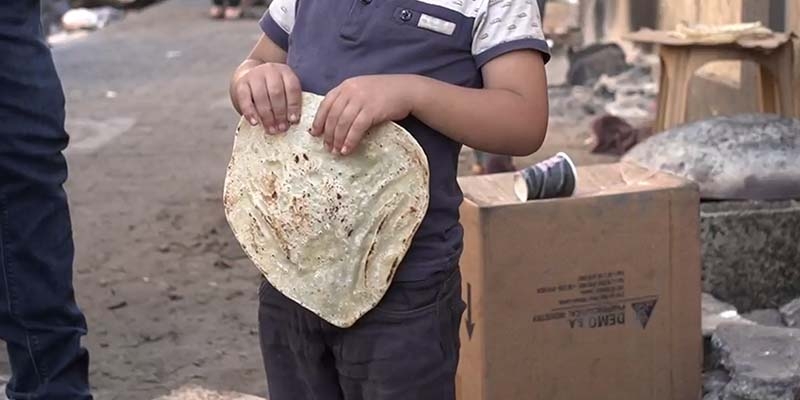
This Ramadan in Gaza, There Will be No Dates to Break the Fast
This Ramadan in Gaza, where lack of food is forcing families to eat leaves and animal food to survive, there will be no dates to break the fast.

One Year On: Syria's Post-Earthquake Struggles
A first-hand account on the one-year anniversary of the Türkiye-Syria earthquake. Learn how children have been impacted and how to help recovery efforts.

Random Acts of Kindness Day 2025
Join Save the Children in celebrating Random Acts of Kindness Day 2025! Be a part of making a positive impact and spreading kindness for a brighter future.

Striking a Balance on Localization
Localization is the process through which humanitarian actors work to ensure local and national actors are better engaged in the planning, delivery, and accountability of humanitar…
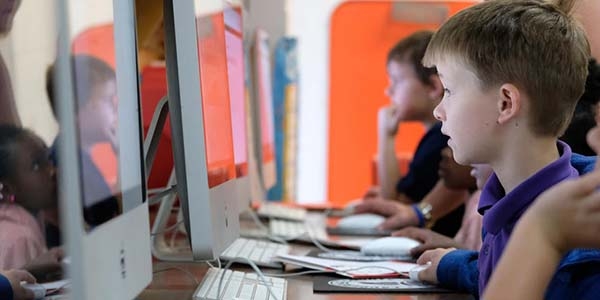
International Day of Education 2025
International Day of Education: Explore its roots, impact, and upcoming 2025 initiatives. Get involved and make a difference in education worldwide.

Take Your Child to the Library Day 2025
Discover the joy of learning and reading on International Day of Education with Take Your Child to the Library Day 2025. Learn more here.
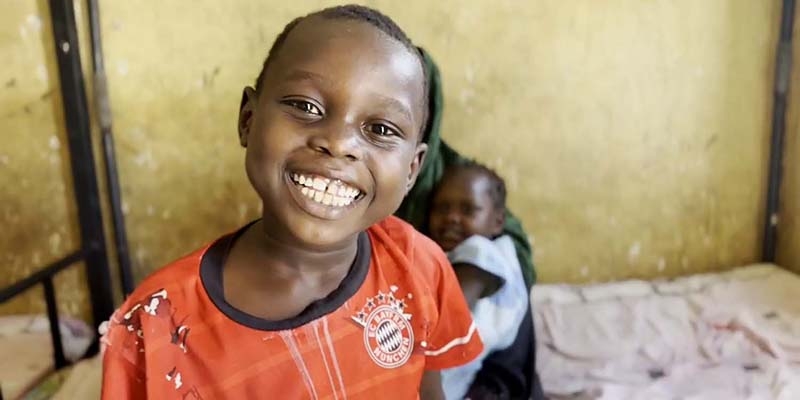
2023 Year in Review
2023 has been a big year for children globally. With your help, Save the Children is working to build a better future for children across the world - a future they deserve.
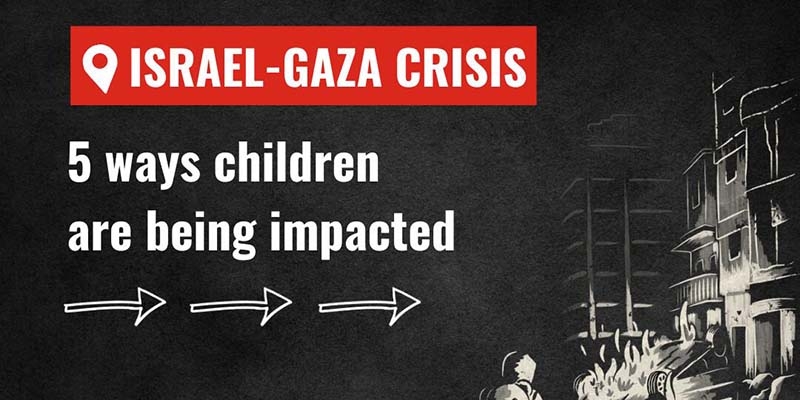
5 Ways Children are Impacted by the Gaza Israel Crisis
The conflict in Gaza and Israel is deeply alarming with horrendous consequences for children. Here are 5 ways in which children caught up in the Gaza and Israel crisis are being im…
What the Humanitarian Pause Means for Gaza
There will be daily 4-hour humanitarian pauses from fighting in northern Gaza. Here’s why that isn’t enough.
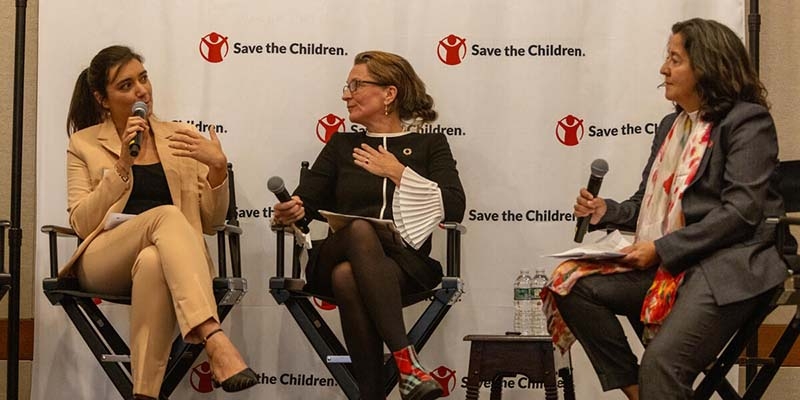
Catalyzing Change: Creating Work Opportunities for the Next Generation
Macroeconomic, social, geopolitical, climate, consumer and technological forces are affecting the way we all work. Leaders across industries are exploring new ways to help people b…
